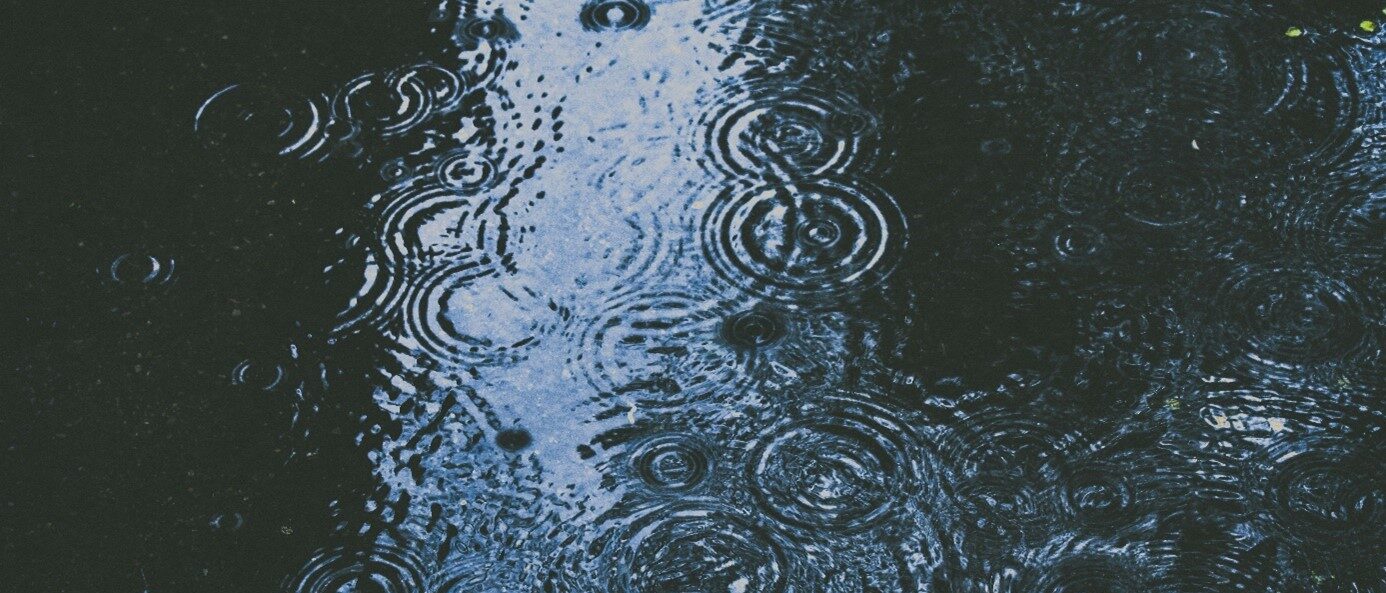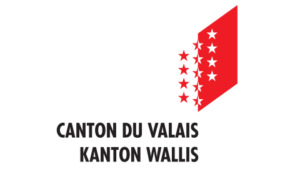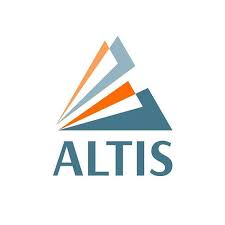When it rains, it must be possible to evacuate rainwater without harming the environment. Legislation therefore requires that unpolluted water (where local conditions allow – art.7 al.2 LEaux, see also VSA guideline “Urban water management in rainy weather“) can be discharged by infiltration (part of which is naturally absorbed by the soil).
However, in built-up areas, the space available, the degree of water contamination, the infiltration capacity of the soil, the degree of impermeability, the slope, etc. are all parameters that hinder the natural flow of water. Various solutions, such as permeable surfaces, infiltration facilities with or without overflow structures, and temporary retention, can also be envisaged.
In sloping areas, the feasibility and consequences of infiltration are difficult to measure. Infiltration can be detrimental to other plots downstream, and can even lead to ground instability. Water that does not infiltrate (depending on rainfall conditions) can cause soil erosion, preferential flow paths, flooding of plots located at the bottom of the slope, concerns for the safety of users and disruption to access to various localities. These problems are particularly critical for mountain/vineyard roads, where there is often insufficient space for “conventional” infiltration of water onto the roadside verges.
However, this does not solve the problem with other “classic” solutions for piping flows: these solutions generate very high flows with high velocities, are expensive to install and require regular maintenance.
The idea of this challenge is to find one or more solutions that will allow the advantages of localised infiltration (small volumes of water involved, replenishment of the water table, slowing of run-off, etc.) to be exploited for the drainage of rainwater from roads/surfaces built on or near sloping areas.
This involves defining the limiting criteria (e.g. available space, slope gradient, etc.) for implementing infiltration in sloping areas, finding original technical solutions to encourage infiltration, and analysing these solutions from a cost/benefit point of view. The maintenance aspect must also be taken into account. The proposal could be tested on a road in the region.
Another possibility would be to consider a tool/methodology that could provide guidance on the best ways to infiltrate water in sloping areas, depending on various criteria.



